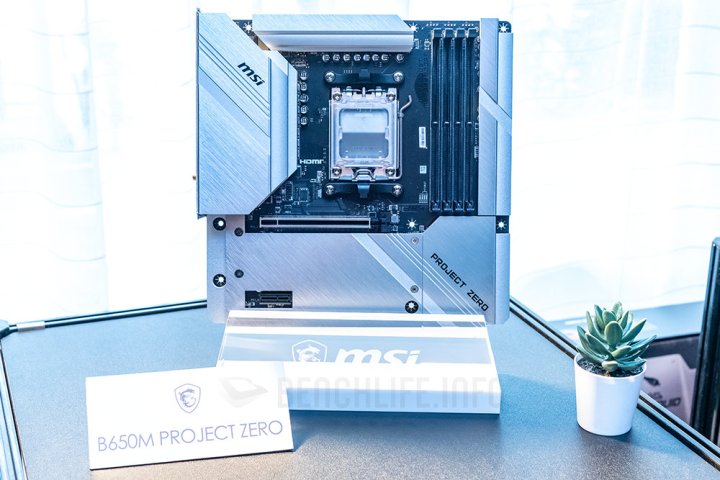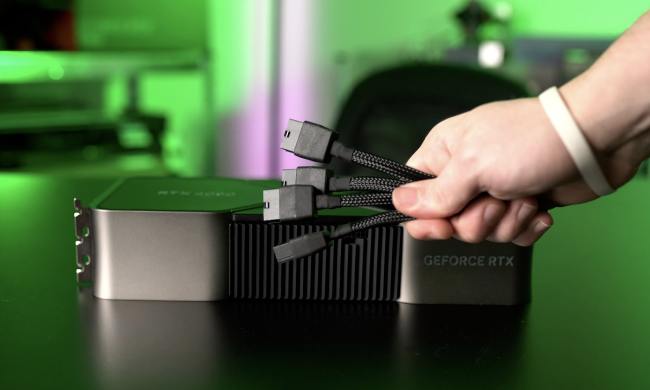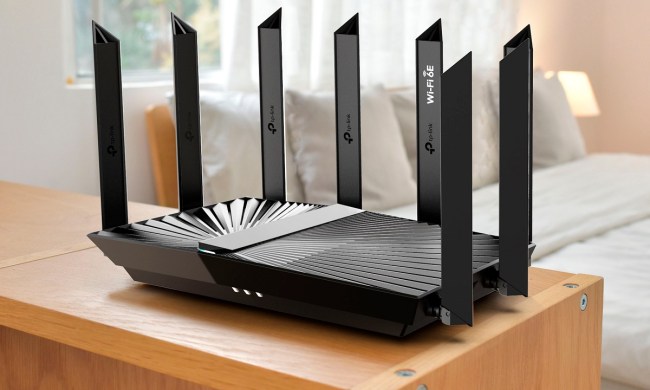MSI has just unveiled a slew of new products at Computex 2023, and some of its new high-end motherboards might catch your eye. One model stands out in particular: the mysterious B650M motherboard titled “Project Zero.”
The board is promising if you want to achieve the cleanest look yet with your next PC build. There’s one problem, though — even if you get it, you might not be able to use it.

Cable management is a huge deal when it comes to building a PC. Be it for utility, airflow, or aesthetics, keeping it neat usually pays off — but there’s only so much you can do. After all, the cables will always be there in some shape and form. However, MSI’s latest AMD Ryzen 7000 B650M motherboard challenges the norms by making the cables more hidden than ever.
In this motherboard design, most of the connectors are tucked away on the back instead of the front of the board. This includes power, fan, audio, SATA, and USB connectors. This could create a potentially much cleaner look, and combined with the silver color of the board itself, it’d be a winner in a minimalist all-white or black-and-white build.
The benefit of using this board over a regular model is almost purely aesthetic. However, there is something to be said about airflow within the case. With many cables out of the way, some of the most demanding components might get more air and better cooling. It’s hard to tell whether there’d be any tangible difference without testing it first, though.
This is where the problem lies. MSI is not the first brand to have thought of routing the connectors to the back of the case — Gigabyte’s already tried with Project Stealth. However, since both manufacturers are treading new ground, this standard is not at all unified or supported by the market just yet. When it comes to a product like this, it will all come down to PC case compatibility.
Using the MSI Project Zero motherboard will require using a chassis that can support it. So far, it’s unclear whether MSI managed to get any manufacturers on board with the project and if matching cases will be coming out around the same time. Fun fact: while MSI has also unveiled some new chassis of its own, none of them support this motherboard type.
MSI’s B650M Project Zero is said to be coming out around the second half of the year, and according to Gamers Nexus, it should cost about the same as existing B650M boards. An Intel model with connectors on the back might be in the works, but nothing is certain yet. A more pressing problem is whether new chassis that support this motherboard will come out in time.
Speaking of Intel, MSI has also unveiled something for those who enjoy some of Intel’s best processors — new Z790 Max motherboard designs. Upgrading to Max means that you get access to Wi-Fi 7 and 5Gb Ethernet LAN ports. It’s likely that we’ll see these premium motherboards making rounds when Intel releases its rumored Raptor Lake refresh later this year.




